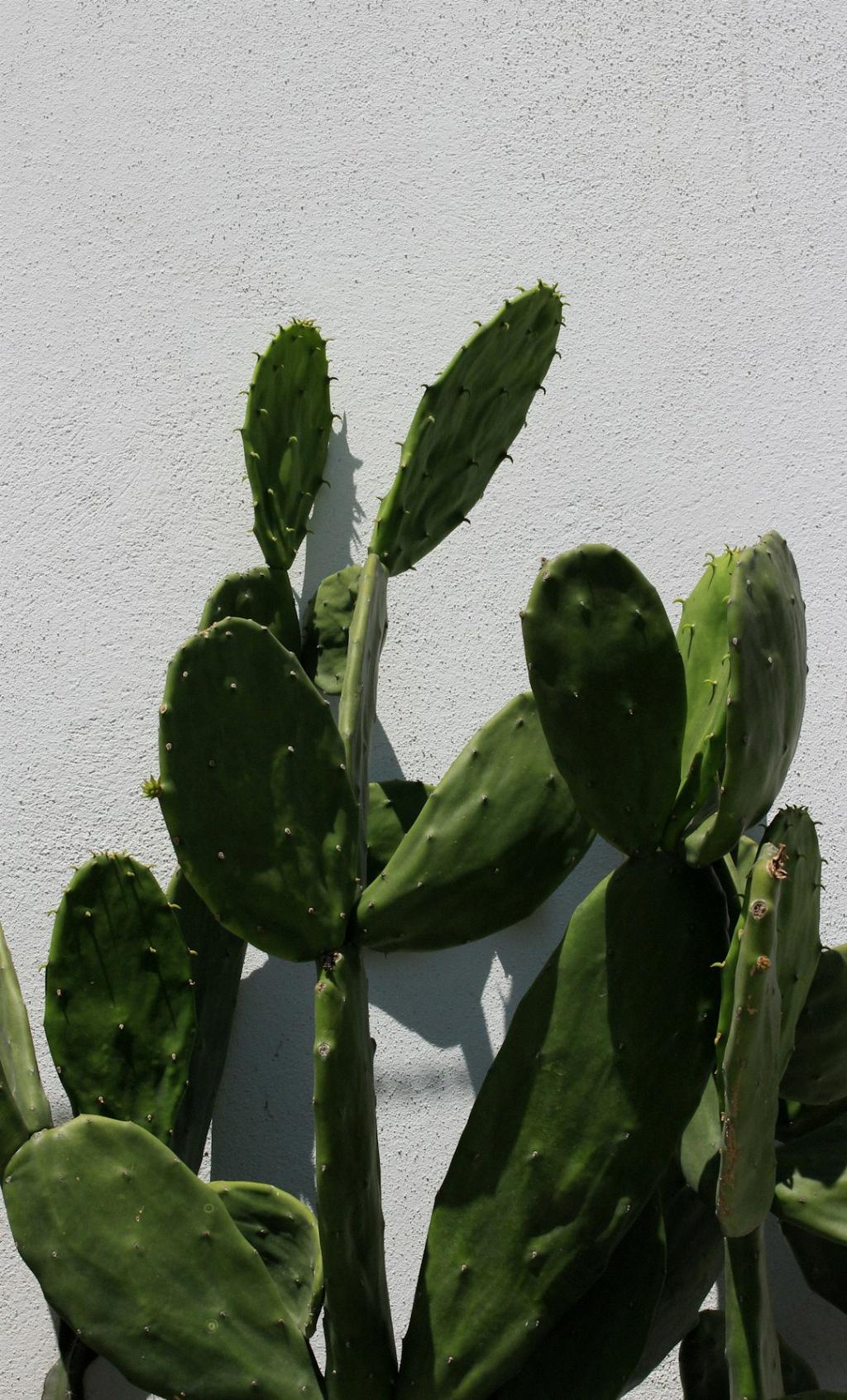When delving into the origin of the beloved Christmas cactus, one must journey to the lush coastal mountains of southeastern Brazil. This region, with its high-altitude forests, serves as the natural habitat for the Schlumbergera genus, where these remarkable cacti thrive in cool, shaded, and humid conditions.
A Natural Habitat Worth Exploring
Within the mountains of southeastern Brazil, the Christmas cactus finds its home in the midst of diverse flora and fauna. These cacti have adapted to the unique environmental conditions of their native habitat, showcasing their resilience in the face of changing seasons and climates.
Embracing High Altitudes
One distinctive feature of the Christmas cactus’s natural habitat is its high altitude. Growing at elevations where the air is crisp and the temperatures are cooler, these cacti demonstrate their ability to thrive in mountainous regions that offer a stark contrast to the arid landscapes typically associated with cacti.
Thriving in Moist Forests
The Christmas cactus flourishes in the moist forests of southeastern Brazil, where the presence of humidity provides essential moisture for its growth. This unique environment sets the stage for lush vegetation and creates an ideal setting for these cacti to flourish.
Adapting to Shaded Environments
Unlike traditional desert cacti that bask in the full sun, Christmas cacti have adapted to shaded environments in their native habitat. With the canopy of the forest overhead filtering the sunlight, these cacti have evolved to thrive in lower light conditions, showcasing their versatility in differing ecosystems.
Exploring the Environmental Influence
The environmental factors present in the coastal mountains of southeastern Brazil have played a significant role in shaping the Christmas cactus as we know it today. From high altitudes to cool temperatures and humid air, these conditions have influenced the cacti’s growth patterns and unique characteristics.
The Significance of Genetic Adaptations
Over time, the Christmas cactus has developed genetic adaptations that enable it to survive and thrive in its natural habitat. These evolutionary changes have equipped the cacti with the resilience needed to withstand the challenges posed by their mountainous surroundings, contributing to their longevity and endurance.
Connecting to the Seasonal Shifts
As the seasons change in southeastern Brazil, the Christmas cactus undergoes a remarkable transformation, reflecting the shifting environmental cues that dictate its blooming cycle. This connection to the natural rhythms of the region underscores the cacti’s innate ability to respond to its surroundings.
A Botanical Wonder in Domesticity
Today, the Christmas cactus has found its way into homes around the world, captivating plant enthusiasts with its vibrant blooms and unique charm. Despite its origins in the mountainous regions of Brazil, this cactus has adapted well to domestic settings, bringing a touch of natural beauty into indoor spaces.
Preserving a Piece of Brazilian Heritage
By understanding the origins of the Christmas cactus and appreciating its connection to the coastal mountains of southeastern Brazil, we gain a deeper appreciation for the rich botanical heritage of this region. Preserving the legacy of these cacti allows us to honor the natural beauty and diversity found in Brazil’s mountainous landscapes.
Celebrating the Christmas Cactus
Whether adorning our homes during the holiday season or brightening our spaces year-round, the Christmas cactus serves as a reminder of the natural wonders that exist in the world. By learning about its origins and the environmental influences that have shaped its growth, we can cultivate a greater sense of admiration for this botanical marvel.

Embracing Nature’s Beauty
As we marvel at the beauty of the Christmas cactus and its origins in the coastal mountains of southeastern Brazil, we are reminded of the intricate interplay between plant life and natural environments. This connection to nature’s wonders invites us to explore, appreciate, and protect the diverse ecosystems that give rise to such stunning botanical creations.
